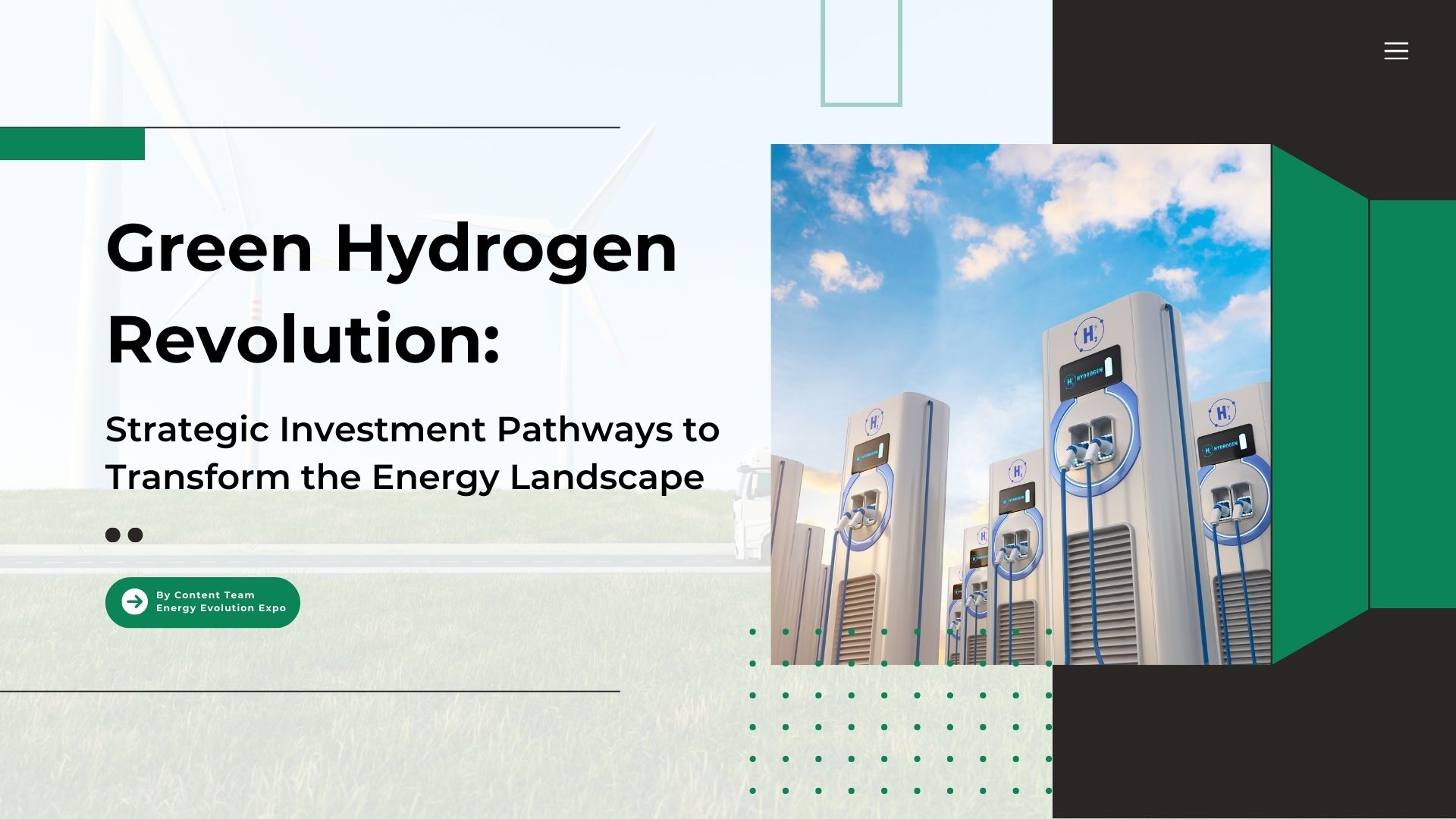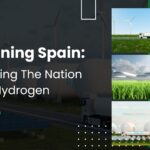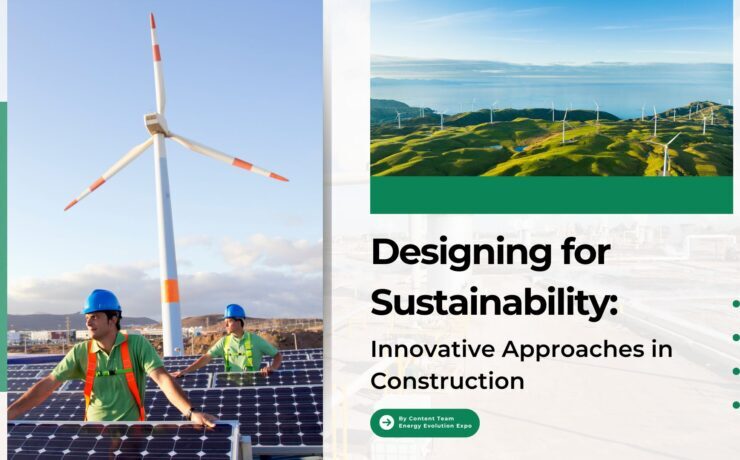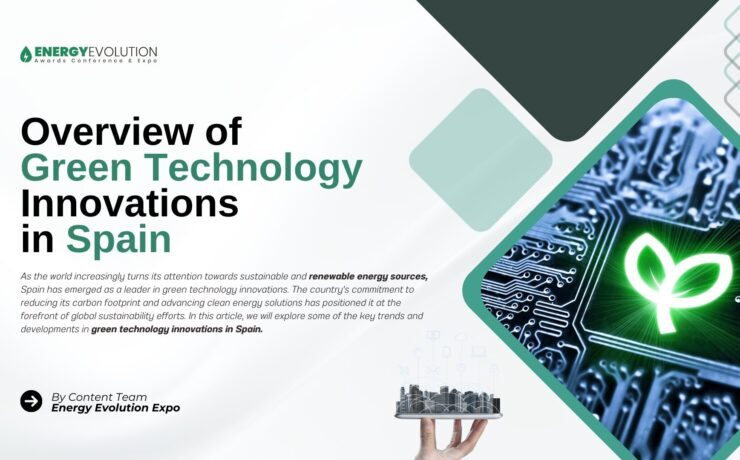Green Hydrogen Revolution: Strategic Investment Pathways to Transform the Energy Landscape

About Green Hydrogen
Green hydrogen is emerging as a critical solution for addressing climate change, but to realize its full potential, policymakers, industry leaders, and investors must fund essential infrastructure and encourage research and development. Many developing countries view industrialization as a benchmark for economic growth and success. This includes large infrastructure investments in heavy industries like steel and cement, fertilizer and other chemical production, shipping, and aviation fuels.
Policies and regulations, such as the “Green Deal” in Europe or the Inflation Reduction Act in the United States, create policy and financial incentives to decarbonize these large and polluting industries. For advanced economies, this involves retrofitting existing industries to low-carbon energy sources while developing new green industrial sectors. The focus lies in funding a “safe switch” that does not jeopardize the already achieved industrialization standard.
Scaling up the share of renewables quickly can be achieved through solar and wind capacity to produce green hydrogen and its derivatives for use in these industrial sectors. Green hydrogen can be produced through the electrolysis of water with close to zero greenhouse gas emissions. This offers a promising solution for decarbonizing “hard-to-abate” industries and establishing green energy at scale. However, green hydrogen is currently expensive at $5 per kilogram, which is five times more expensive than fossil hydrogen (grey or black hydrogen).
For developing countries, the challenge involves de-risking investments in new energy technology and infrastructure to expand affordable energy access, ensure energy security, and attract investors to establish new industries. This, in turn, creates jobs, generates revenue, and increases tax income. This requires sound knowledge-based policy and regulation, coupled with market-making subsidy regimes. This is particularly important for the large investments required to scale green hydrogen. Besides financial risks, there are other challenges for green hydrogen: limited supply chains, safety concerns due to hydrogen’s high explosiveness, rapidly increasing renewables capacity, a shortage of skilled personnel to operate green hydrogen plants, and ramping up the manufacture of electrolyzers.
Although green hydrogen currently represents a small portion of the global energy mix, its use has a significant impact on emissions. For countries without fossil resources, green hydrogen also offers a path to higher energy security with lower carbon emissions.
Countries are beginning to define green hydrogen, specifying threshold carbon emissions and production sources necessary to classify hydrogen as “green.” This approach helps establish standards and regulations and develop policies for green hydrogen and electrolyzer manufacturing. For instance, India is actively promoting green hydrogen investments in targeted hubs, offering tax incentives and financing access to accelerate hydrogen merchant markets and the necessary transport infrastructure.

Green hydrogen investments can be grouped into three pathways: as a commodity with large-scale renewable energy production, to reduce carbon emissions in challenging areas, and at a distributed level for social and environmental impacts.
- Green Hydrogen as a Commodity with Large-Scale Renewable Energy Production
This includes hydrogen valleys/hubs and ports infrastructure. However, the price differential between fossil and green hydrogen is a challenge for these investments. Investments in green hydrogen as a commodity require significant capital and policy support to develop the necessary infrastructure, such as large-scale electrolyzers and hydrogen storage facilities. Strategic locations, like ports and industrial hubs, are ideal for setting up these large-scale projects due to their existing infrastructure and high energy demands.
- Green Hydrogen to Reduce Carbon Emissions in Challenging Areas
This pathway targets hard-to-abate industries like steel, cement, fertilizer production, aviation fuel, and marine transport. Projects in this space often make financial sense due to efficiency gains and potential carbon credit revenues. These industries are some of the most significant contributors to global carbon emissions, and transitioning to green hydrogen can drastically reduce their environmental impact. Investment in this area includes retrofitting existing industrial processes and developing new technologies that utilize green hydrogen.
- Green Hydrogen at a Distributed Level
This includes green hydrogen production from agricultural and municipal waste and the related transport and filling infrastructure. Distributed projects that support the supply chain for green hydrogen have a much higher development dividend for social and environmental impacts, such as local jobs, reduced transportation emissions, and opportunities for digitization to change existing supply chains. Distributed green hydrogen projects are less sensitive to cost variations and can provide significant benefits to local communities, including energy independence and reduced pollution.
While distributed green hydrogen production is less sensitive to cost variations, larger-scale projects are profoundly impacted by cost. The hard-to-abate sectors require a thriving green hydrogen industry to fuel decarbonization. Providing rational subsidies to kick-start the green hydrogen economy requires understanding why fossil hydrogen is currently so much cheaper than green hydrogen. The answer lies in the massive subsidies that fossil fuels receive and the fact that their price does not reflect the damage caused by carbon emissions.
The real cost of carbon emissions ranges from $50 to $200 per ton of CO2, and there is no global price on carbon emissions, only corporate shadow pricing or tariff adjustments in some countries. Fossil hydrogen can be five to 20 times more polluting than green hydrogen, depending on the technology used. Green hydrogen’s lowest emission rate is 1 kilogram of CO2 for every 1 kilogram of hydrogen.
The price difference between green and fossil hydrogen does not include the real carbon impacts, which can range from five cents to five dollars per kilogram of hydrogen, depending on the type.
This market distortion slows the adoption of green hydrogen. However, the scaling up of green hydrogen production could lead to significant cost reductions, similar to the massive price reductions seen in the solar industry deployment. A competitive unadjusted price of $1.25 per kilogram is a possibility in the long term, but this requires substantial work and investment. Targeted subsidies for green hydrogen will be necessary until such cost reductions are achieved.
The transition to green hydrogen is not just an environmental imperative but a strategic investment in our collective future. It’s time for policymakers, industry leaders, and investors globally to support initiatives and policies that accelerate the adoption of green hydrogen, invest in the necessary infrastructure, and promote research and development in this field.
By focusing on the three pathways of expanding green hydrogen investment—commodity production, reducing emissions in hard-to-abate sectors, and distributed production— we can pave the way for a sustainable and secure energy future. We need to keep up with all recent innovations to reap maximum benefits and to facilitate a better understanding of the latest developments and trends in the Renewable energy Industry, various Conferences and Expos, which bring Industry leaders together, serve as an all-inclusive platform.
The Energy Evolution Awards, Conference, and Expo organized by Next Business Media is making its debut in Spain in 2025. It will be a leading forum dedicated to honoring excellence in Energy Technology, showcasing innovations, and fostering collaborations. The events unite industry leaders, and visionaries to explore the latest advancements, tackle key challenges, and shape the future of Energy.
The Energy Evolution Awards, Conference, and Expo will celebrate outstanding achievements, promote sustainable practices, and drive the Energy Industry forward into a technologically advanced sustainable era. Energy Evolution Awards, Conference, and Expo will be a platform for cultivating innovation and shaping a brighter, more efficient energy landscape.





